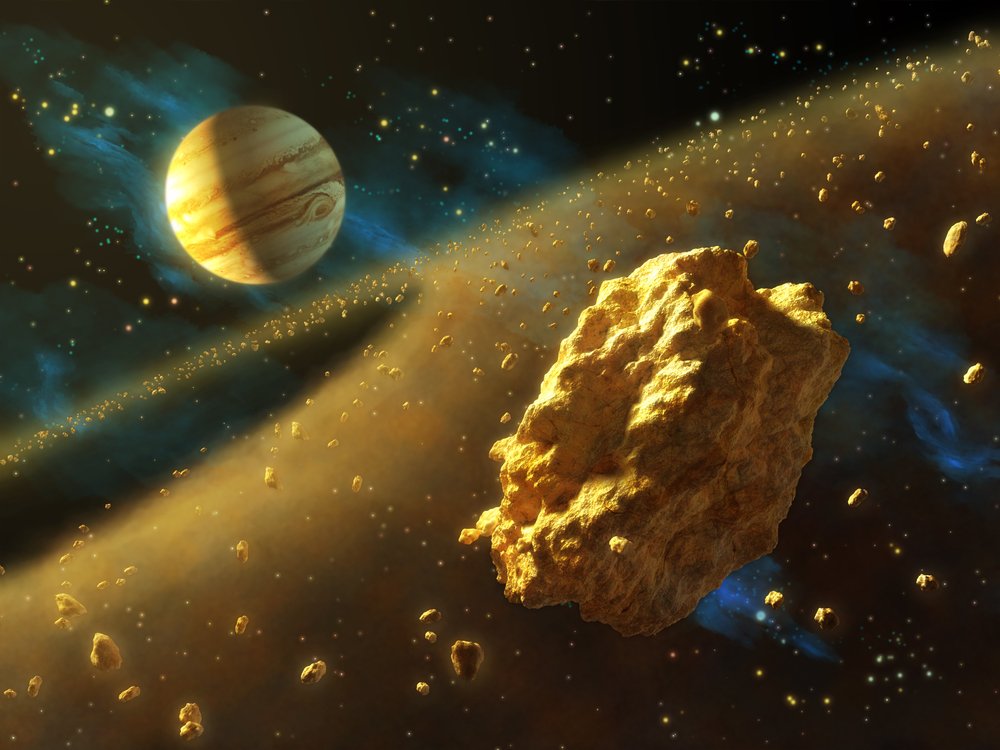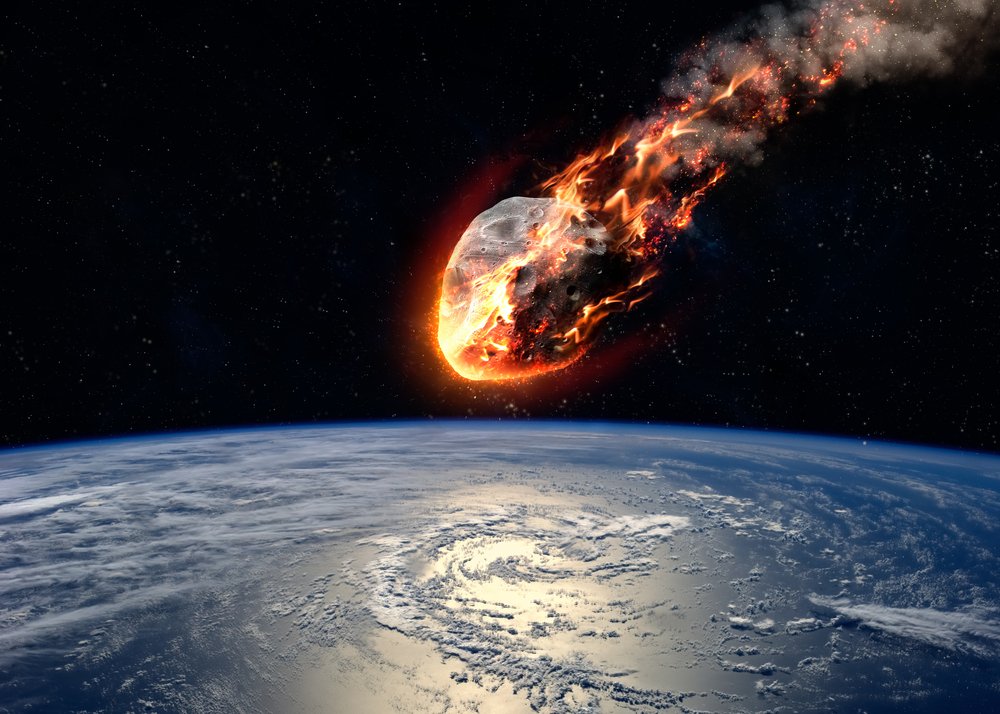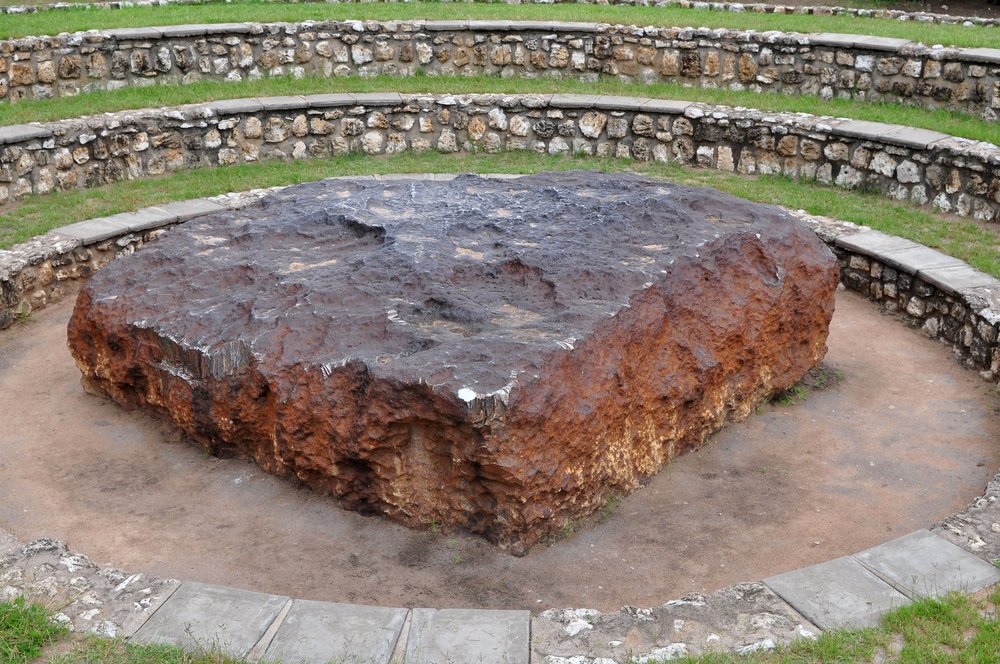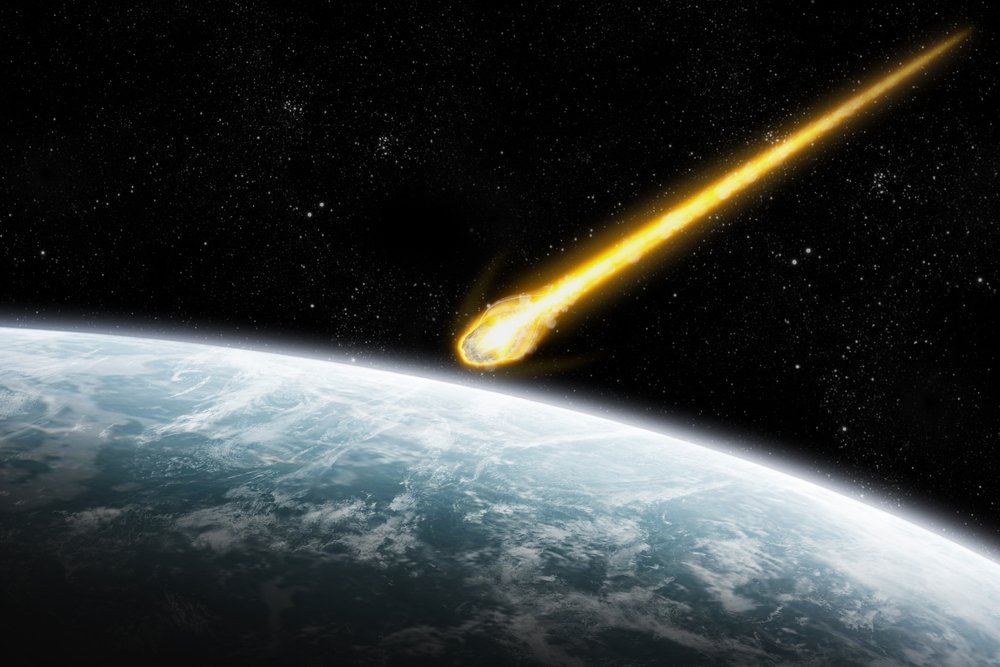Table of Contents (click to expand)
A meteoroid is a small rocky or metallic body traveling through space, an asteroid is a small celestial body that revolves around the sun, and a meteor is what people sometimes call a ‘shooting star’ or a “falling star”. A meteorite is a meteor (or a portion of a meteor) that somehow survives its fiery journey through the atmosphere of Earth and hits the ground intact.
Do you remember hearing the story of a meteor crashing in New York back in 1992? It was a meteor, right? Or was it a meteorite? It surely wasn’t an asteroid though… or was it?
You can probably understand the challenge for people who are interested in the mind-boggling phenomena that take place in space, but still get confused whenever there is talk about a meteor or a meteorite crash. In the spirit of sharing some science, let’s clear up the confusion around these cosmic wanderers once and for all.
The terms “asteroids”, “meteors” and “meteorites” get thrown around quite randomly without any real consideration of their actual meanings. Not only is this insulting for these magnificent celestial bodies, but it also doesn’t make any sense. If you want to appreciate and share the beauty of our universe with others (particularly in conversation), you should take the time to properly understand all the players. Therefore, let’s take a closer look at what these different terms really mean.
Asteroids
Asteroids are small celestial bodies that revolve around the sun. Asteroids are smaller than planets, which is why they are also called planetoids or minor planets.

Mostly made of rock and metal, asteroids can also contain certain organic compounds. You have likely heard about the massive ‘asteroid belt’ between the orbits of Mars and Jupiter; there are roughly 750,000 asteroids present in that particular belt. Asteroids can also be very large; in fact, one famous asteroid named Ceres (sometimes also called the ‘dwarf planet’) is 945 kilometers wide.
Also Read: What Is Ceres?
Meteors
A meteor is what people sometimes call a ‘shooting star’ or a “falling star”. Something is designated as a meteor when an asteroid, a comet, a meteoroid (or some part of these objects) passes through the atmosphere of Earth.

When a meteor passes through the atmosphere, it collides with many air particles at a rapid rate. The friction and speed of the meteor against the particles present in the upper atmosphere cause that brilliant and fiery streak of light in the sky. Your chances of spotting a meteor are highest in the mesosphere, but meteors only become visible between about 75 and 120 km above the surface of Earth.
Also Read: Is A Falling Star Really A Star?
Meteorites
A meteorite is a meteor (or a portion of a meteor) that somehow survives its fiery journey through the atmosphere of Earth and hits the ground intact. Meteorites are mostly composed of stone or iron.

As you might expect, a meteorite contains about 90% iron. Some meteorites also contain other elements, such as oxygen, magnesium or silicon. Most meteorites are very small, but some can be as large as a 100-kilogram stone (image above)
Also Read: What Is Mercury Made Of?
Meteoroids
Now, let’s discuss the most ‘general’ term of these three. In simple terms, a meteoroid is a small rocky or metallic body traveling through space. It is important to know that meteoroids are significantly smaller than asteroids, which is one way to help differentiate between the two.

The size of a meteoroid can range from that of a grain of sand to a 1-meter wide stone.
So, the next time you spot a streak of light shooting through the night sky, what will you be looking at?
How well do you understand the article above!

References (click to expand)
- Frequently Asked Questions (FAQs) - CNEO - NASA. Jet Propulsion Laboratory
- What Are an Asteroid, a Meteor and a Meteorite? - Live Science. Live Science
- Meteor, Meteorite or Asteroid: What's the Difference? | AMNH. The American Museum of Natural History
- What Is The Difference Between Asteroids and Meteorites?. Universe Today
